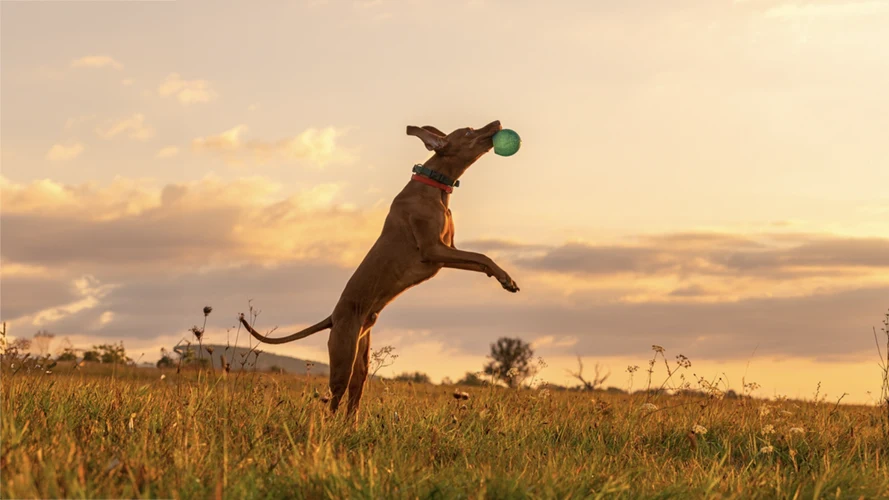How to safely raise a large dog
Raising a large dog requires planning, care, and consistent training to ensure they grow into a well-behaved, healthy, and happy companion. Here are some essential tips:
1. Focus on Nutrition
- Feed a Large-Breed Puppy Formula: These formulas are specially designed to support slow, steady growth and help prevent joint issues.
- Avoid Overfeeding: Rapid growth can lead to joint and bone problems like hip dysplasia. Follow your vet’s guidelines for portion sizes.
- Transition to Adult Food: Switch to large-breed adult dog food when your vet recommends (usually around 12–18 months).
2. Socialization is Key
- Early and Safe Exposure: Expose your puppy to different people, environments, and other dogs while ensuring their safety.
- Focus on Handling: Large dogs need to be comfortable with grooming, veterinary exams, and being handled due to their size.
3. Prioritize Training Early
- Start Obedience Training: Teach basic commands like “sit,” “stay,” “come,” and “leave it.” A well-trained large dog is much easier to manage.
- Discourage Jumping: Large dogs can unintentionally hurt someone by jumping. Teach them to greet people calmly.
- Use Positive Reinforcement: Reward good behavior with treats, praise, or play.
4. Provide Adequate Exercise
- Age-Appropriate Activity: Puppies need low-impact activities to protect their joints, while adult dogs need regular exercise to stay fit.
- Avoid Overexertion: Don’t take long runs or allow intense play until their growth plates are fully developed (consult your vet, typically around 18–24 months).
5. Invest in Proper Gear
- Collar and Leash: Use a sturdy leash and properly fitted collar or harness for better control.
- Crate and Bed: Ensure the crate and bed are large enough for their full-grown size.
6. Teach Leash Manners
- Loose Leash Walking: Large dogs can be strong pullers. Teach them to walk calmly on a leash from an early age.
- Start in Low-Distraction Areas: Gradually introduce distractions as they improve.
7. Monitor Health Closely
- Regular Vet Checkups: Large breeds are prone to conditions like hip dysplasia, bloat, and arthritis. Early detection is key.
- Weight Management: Keep them at a healthy weight to reduce strain on their joints.
8. Provide Mental Stimulation
- Interactive Toys: Large dogs can get bored easily. Use puzzle toys, chew toys, or games like hide-and-seek.
- Training Sessions: Keep their mind sharp with regular obedience or trick training.
9. Understand Their Space Needs
- Room to Move: Large dogs need enough space indoors and outdoors to move comfortably.
- Secure Fencing: If you have a yard, ensure your fence is tall and secure to prevent escapes.
10. Grooming and Hygiene
- Regular Grooming: Large dogs often have thick coats or extra skin folds that need regular care.
- Dental Care: Brush their teeth and provide dental chews to maintain oral health.
- Nail Trimming: Keep their nails trimmed to prevent discomfort or injury.
11. Be Prepared for Costs
- Budget for Larger Expenses: Food, vet bills, and equipment for large dogs can be more expensive than for smaller breeds.
- Pet Insurance: Consider getting insurance to cover potential health issues.
12. Train for Calm Behavior
- Large dogs can be intimidating to others if they’re overly excited or reactive. Teach them calm behaviors, especially around children and strangers.
By focusing on these aspects, you can raise a well-adjusted, healthy, and happy large dog that’s a joy to have in your life.



Leave a Reply
Want to join the discussion?Feel free to contribute!